- News & Comment
-
Online Shop
Online Services
Looseleafs
Law Reports
Books and eBooks
-
CPD & Events
Webinars
Events
- Authors
- About Family Law
- Contact







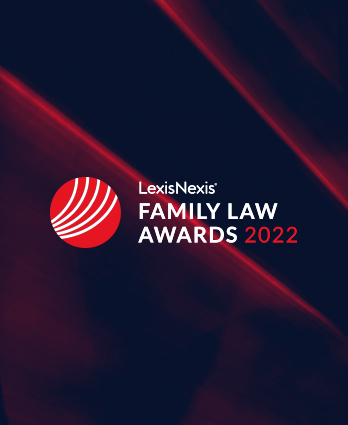
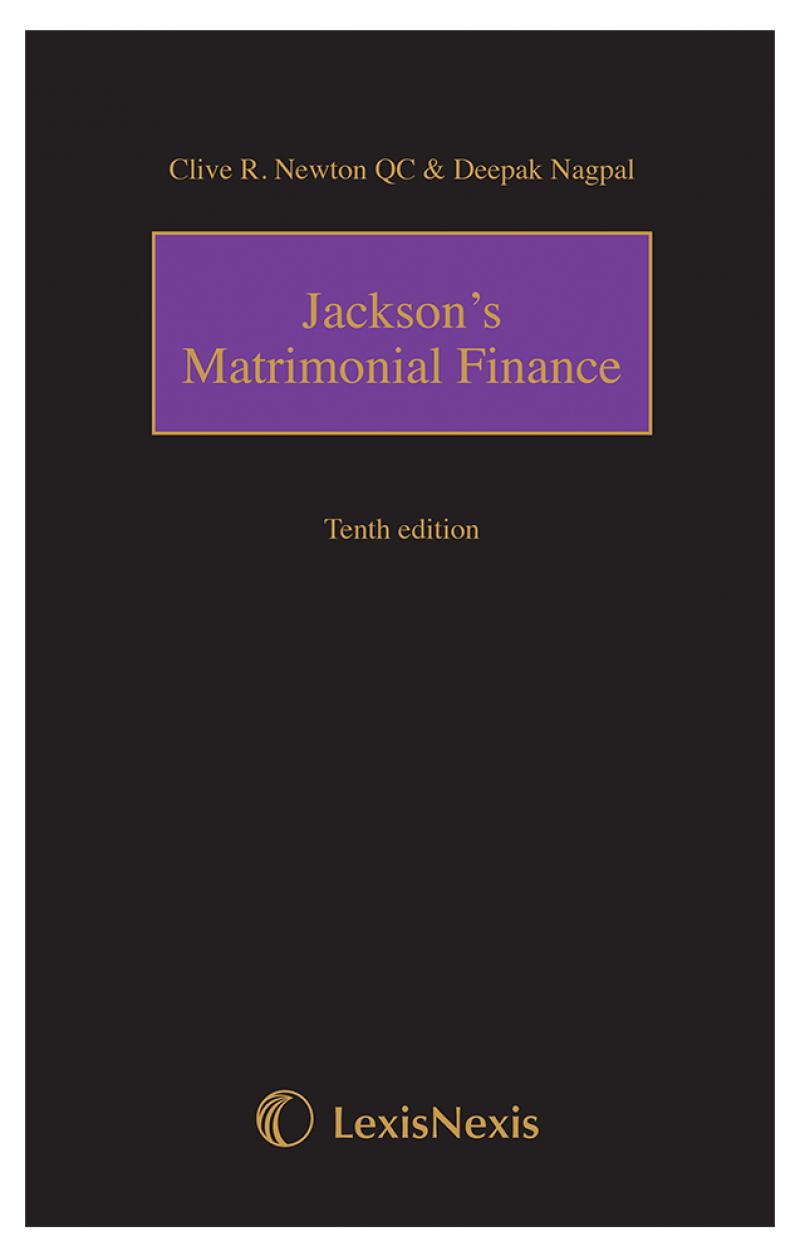


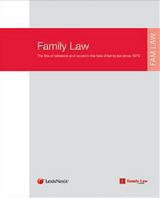
 11 FEB 2025
11 FEB 2025

 11 FEB 2025
11 FEB 2025

 11 FEB 2025
11 FEB 2025

 11 FEB 2025
11 FEB 2025

 11 FEB 2025
11 FEB 2025
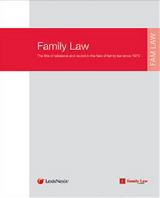








Keehan J summarised his conclusion on the facts he had found during the 17-day hearing and as to the treatment of the children as follows:
'[288] X and Y were subjected to sustained and prolonged sexual abuse in their father’s and mother’s homes over a period of years [which included abuse by the two males: YQ and ZK]. They were further subjected to physical abuse by their father. They were failed to an exceptionally serious degree by those whose duty it was to protect them: their father, their mother and their grandmother.
[289] I will have to determine in due course what I consider to be the appropriate future long term placements for X and for Y in the welfare best interests of both children.'
A number of questions in relation to the rules of evidence, the law on how children’s evidence should be treated and of professional privilege arise from the judgment. These three aspects of the judgment will be considered in three separate articles:
The father and YQ and ZK were involved in criminal proceedings. Keehan J reminded himself of the provisions of Civil Evidence Act 1968, s 11 ([232]): that a conviction in criminal proceedings was admissible in separate proceedings for proving that conviction. However, in view of the findings he was in the course of concluding in his judgment as the juries delivered guilty verdicts on the two males (the father was held unfit to plead), Keehan J said he need not take account of s 11. He could make his conclusions on the evidence he had already heard ([239]).
In Wolverhampton Keehan J said of the ‘modified Lucas direction’ ([127]) that he had it well in mind. In R v Lucas, Ruth Lucas had been tried on a count charging an offence in respect of which evidence implicating her was given by an accomplice. She had given evidence which was challenged as being partly lies. The jury were directed in terms which suggested that lies told by Ruth Lucas in court could be considered as corroborative of the accomplice’s evidence; and she was convicted. An appeal, on the question of the extent to which lies might not, in some circumstances, provide corroboration, was allowed. Lord Lane CJ explained this as follows (at 723):
'To be capable of amounting to corroboration the lie told out of court must first of all be deliberate. Secondly it must relate to a material issue. Thirdly the motive for the lie must be a realisation of guilt and a fear of the truth. The jury should in appropriate cases be reminded that people sometimes lie, for example, in an attempt to bolster up a just cause, or out of shame or out of a wish to conceal disgraceful behaviour from their family. Fourthly the statement must be clearly shown to be a lie by evidence other than that of the accomplice who is to be corroborated, that is to say by admission or by evidence from an independent witness.'
Lies told in court which fulfilled those four criteria could be considered for corroboration. The mere fact that the jury preferred the evidence of an accomplice to that of the person charged, who therefore must have been lying in the witness box, did not enable them to treat the lying evidence as corroborative of that of the accomplice. Since Lucas’s lie had not been shown to be such by evidence other than that of the accomplice, the apparent direction that a lie was capable of providing corroboration of the accomplice’s evidence was wrong. The Lucas conviction would be quashed.
In Re H-C (Children) McFarlane LJ explained the relevance of the Lucas direction in family cases:
'[97] … A family court, in common with a criminal court, can rely upon a finding that a witness has lied as evidence in support of a primary positive allegation. The well-known authority is the case of R v Lucas (R) [1981] QB 720 in which the Court of Appeal Criminal Division, after stressing that people sometimes tell lies for reasons other than a belief that the lie is necessary to conceal guilt, held that four conditions must be satisfied before a defendant's lie could be seen as supporting the prosecution case as explained [as explained by Lord Lane CJ; and he set out the four factors in the judgment cited above].'
McFarlane LJ explained that though the principle in Lucas had been reviewed since then, 'the core conditions set out by Lord Lane remain authoritative’ ([98]). The approach in the case ‘can apply to a '"ie" made in the course of the court proceedings’, and applies to family proceedings:
'[99] In the Family Court in an appropriate case a judge will not infrequently directly refer to the authority of R v Lucas in giving a judicial self-direction as to the approach to be taken to an apparent lie. Where the "lie" has a prominent or central relevance to the case such a self-direction is plainly sensible and good practice.
[100] … In my view there should be no distinction between the approach taken by the criminal court on the issue of lies to that adopted in the family court. Judges should therefore take care to ensure that they do not rely upon a conclusion that an individual has lied on a material issue as direct proof of guilt.'
In Re A (Fact-Finding: Disputed Findings) [2011] EWCA Civ 12, [2011] 1 FLR 1817, Munby LJ described the Lucas direction (at [21]]) as one of a judge reminding him – or herself – ‘of the problems of selective credibility: R v Lucas (Ruth) [1981] QB 720, [1981] 3 WLR 120. A finding adverse to a party’s credibility on one issue does not of itself condemn her on another’.
In Wolverhampton Keehan J held – after a five-page review of the mother’s evidence – that she had lead him to ‘form serious adverse views of her evidence and to make serious adverse finding against her’ ([126]). He said he could find no ‘innocent explanation’ for the lies of the mother. He reminded himself that there might be an ‘innocent’ reason for this; but rejected any such explanation.
In Re A (Fact-Finding: Disputed Findings) [2011] EWCA Civ 12, [2011] 1 FLR 1817 Sir James Munby P was confronted by a care and placement application for a one-year-old child where a father (F) pressed his ability to care for a child born to the mother when she was in prison. She no longer sought care. In ordering the return of the child to F’s care, he described the case as ‘almost a textbook example of how not to embark upon and pursue a care case’ ([7]); and at [8] to [17] the truly learned judge then starts to write that text-book. Under the heading ‘Some fundamental principles’ he starts, as it were, to lay foundations for writing that ‘text-book’.
He describes three principles:
It is the first of these principles which is in point here. The court can take account only of evidence which is proved to the appropriate standard not of mere ‘suspicion or speculation’ ([8] where Sir James Munby P cites himself in Re A (Fact-Finding: Disputed Findings) at [26]).
Sir James breaks this principle down into two. First is the ‘proper evidence’ point:
'[9] … The local authority, if their case is challenged on some factual point, must adduce proper evidence to establish what they seek to prove. Much material to be found in local authority case records or social work chronologies is hearsay, often second or third-hand hearsay. Hearsay evidence is, of course, admissible in family proceedings. But, and as the present case so vividly demonstrates, a local authority which are unwilling or unable to produce the witnesses who can speak of such matters first-hand, may find themselves in great, or indeed insuperable, difficulties if a parent not merely puts the matter in issue but goes into the witness box to deny it….'
The second is a pleading point. This depends on there being proper evidence to prove a claim pleaded by the claimant – in this case a local authority. It relies on the principle – made unfashionable by Civil Procedure Rules 1998 – that a pleading sets out the facts of the case; but that these must be supported by relevant, cogent and provable evidence:
'[10] The second practical and procedural point goes to the formulation of threshold and proposed findings of fact. The schedule of findings in the present case contains, as we shall see, allegations in relation to the father that "he appears to have" lied or colluded, that various people have "stated" or "reported" things, and that "there is an allegation". With all respect to counsel, this form of allegation, which one sees far too often in such documents, is wrong and should never be used. It confuses the crucial distinction, once upon a time, though no longer, spelt out in the rules of pleading and well understood, between an assertion of fact and the evidence needed to prove the assertion. What do the words "he appears to have lied" or "X reports that he did Y" mean? More important, where does it take one? The relevant allegation is not that "he appears to have lied" or "X reports"; the relevant allegation, if there is evidence to support it, is surely that "he lied" or "he did Y".'
In Wolverhampton the local authority do not fall into the trap caused by a failing to adduce evidence; and this can be seen from Keehan J’s tireless recitation of the facts – and consequent lies, in some cases – on which he will base his findings.
In Re X (Children) (No 3) [2015] EWHC 3651 (Fam), [2017] 1 FLR 172 Sir James Munby P refers to Rhesa Shipping Co SA v Edmond and Another The Popi M [1985] 1 WLR 948, [1985] 2 All ER 712 where, as he describes, application of the concept of proof on a balance of probabilities ‘must be applied with common sense’. Lord Brandon starts the passage to which Sir James was referring, as follows, at 1 WLR 955:
'My Lords, the late Sir Arthur Conan Doyle in his book The Sign of Four, describes his hero, Mr Sherlock Holmes, as saying to the latter's friend, Dr. Watson: “How often have I said to You that, when You have eliminated the impossible, whatever remains, however improbable, must be the truth?” It is, no doubt, on the basis of this well-known but unjudicial dictum that Bingham J decided to accept the shipowners' submarine theory, even though he regarded it, for seven cogent reasons, as extremely improbable.
In my view there are three reasons why it is inappropriate to apply the dictum of Mr. Sherlock Holmes, to which I have just referred, to the process of fact-finding which a judge of first instance has to perform at the conclusion of a case of the kind here concerned.'
First, said Lord Brandon, the judge is not bound to come down on one side or the other as to the facts alleged by the respective parties. The judge can say: ‘the party on whom the burden of proof lies in relation to any averment made by him has failed to discharge that burden’ (at 955). Secondly, this can only apply when all relevant facts are known ‘so that all possible explanations, except a single extremely improbable one, can properly be eliminated’.
Thirdly, the ‘balance of probabilities [test] must be applied with common sense’. Lord Brandon continued (at 955):
'[The test] requires a judge of first instance, before he finds that a particular event occurred, to be satisfied on the evidence that it is more likely to have occurred than not. If such a judge concludes, on a whole series of cogent grounds, that the occurrence of an event is extremely improbable, a finding by him that it is nevertheless more likely to have occurred than not, does not accord with common sense. This is especially so when it is open to the judge to say simply that the evidence leaves him in doubt whether the event occurred or not, and that the party on whom the burden of proving that the event occurred lies has therefore failed to discharge such burden.'
Keehan J reminded himself of this need for judicial caution. The care with which he expressed his judgment leaves no doubt that he had it fully in mind when making his findings in this case.
Demeanour is one of the features of ‘real evidence’. Demeanour – and much more about the individual witnesses – is commented upon by Keehan J in assisting him to form a view of a witness, of how they gave their evidence and of what it said to him of their credibility. In Re A (Fact-Finding: Disputed Findings) Munby LJ explained why it is much more than demeanour in this aspect of accumulating evidence:
'[38] … It is conventional in [a fact-finding case like this] to refer to the demeanour of the witnesses, but the advantages afforded to the trial judge and denied to the appellate court extend much further. Particularly, perhaps, in family cases, the unguarded reactions – the facial expressions and the body language – of the protagonists as they listen to the evidence is often as illuminating, sometimes much more illuminating, for the judge than the demeanour of the witness.'
This re-emphasises the point made so often by appeal judges: that the trial judge has the enormous advantage over them, of seeing and hearing the witness (see eg Lord Hoffman in Piglowska v Piglowski [1999] UKHL 27, [1999] 2 FLR 763); or as Munby LJ put it in Re A (Fact-Finding: Disputed Findings):
'[38] Any judge who has conducted the kind of fact-finding hearing with which Roderic Wood J had to deal, picking over, in almost relentless detail and for days on end, the most personal and intimate aspects of family and married life, will be acutely conscious of how even the most accurate transcript is at best only a pale representation of the inner dynamics, the tensions and the ‘atmosphere' of the hearing, all of which are so powerfully palpable to those present, and will be conscious of how even the most skilled literary artist would be defeated in any attempt to bring the felt reality to life on the printed page.'
For example, of the man ZK, who was said to have sexually harmed both X and Y, Keehan J said:
'[154] In his witness statement, signed and dated 4 days before he gave his evidence he asserted that:
- the maternal grandmother asked him to come and live with her, the mother and the girls at 33 JKL Road in 2011; and
- the maternal grandmother had prompted and encouraged him to begin a relationship with the mother and to become engaged to her.
[155] When challenged by counsel for the maternal grandmother [about the prompting], ZK replied that she probably had not prompted him. When I asked why he had confirmed his statements were true at the start of his evidence earlier that day, there was a very, very long pause before he replied. He said he had got that wrong and apologised. I told him I could not understand how he made such a mistake. There was another very long pause before he replied "I just thought she did". I warned ZK that unless he give the court an explanation for his contradictory evidence I was likely to conclude he was lying. No explanation was forthcoming. I am in no doubt ZK was lying and I so find….'
The importance of a trial judge’s perception not just of what is said, but of how it is said – here of ZK’s long pauses – comes through vividly from Keehan J’s judgment.
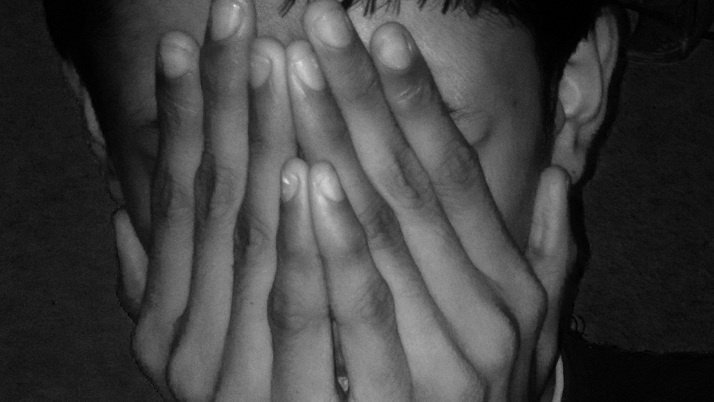




Leave a commentOrder by
Newest on top Oldest on top